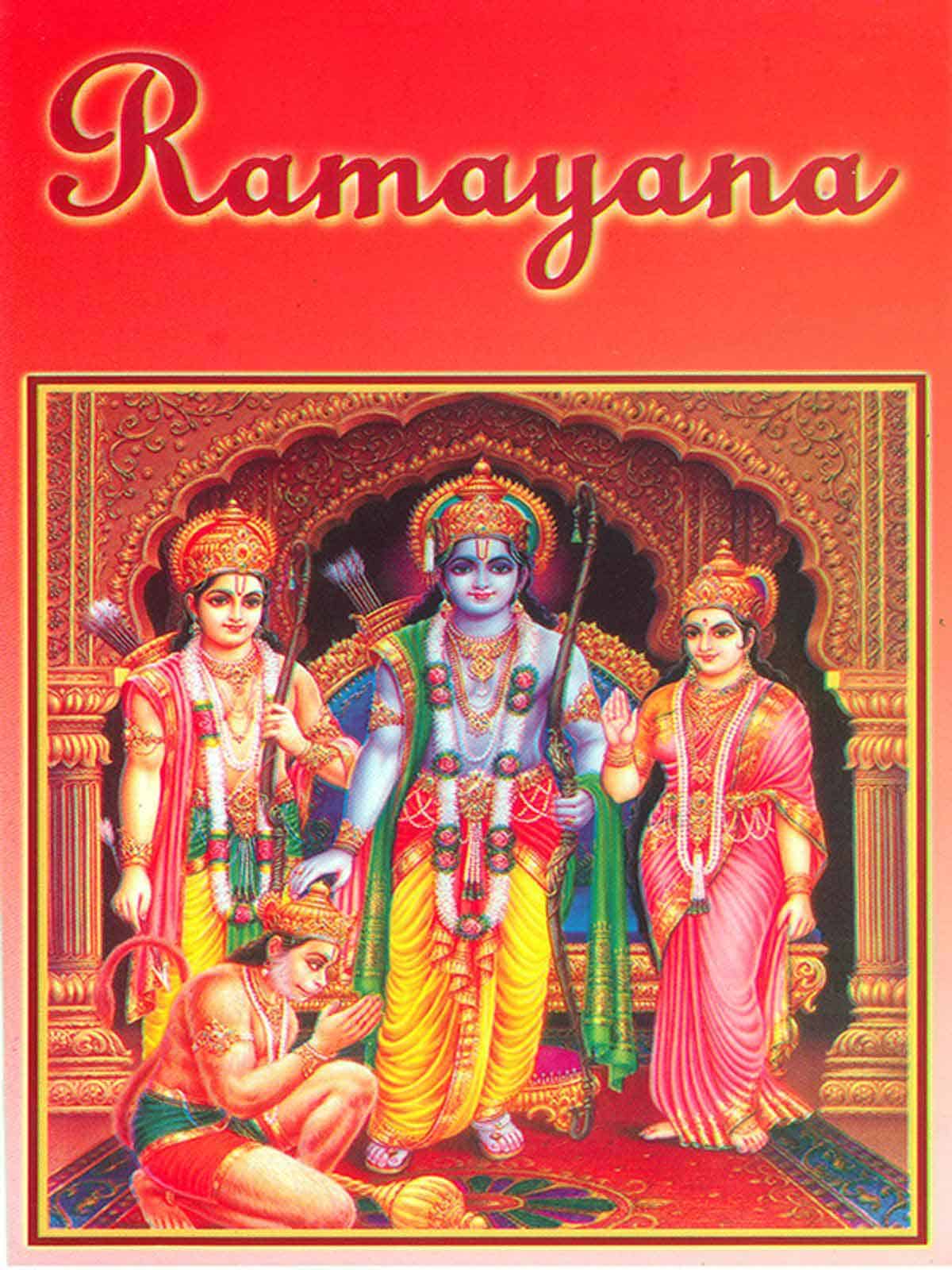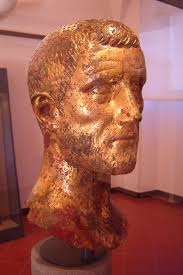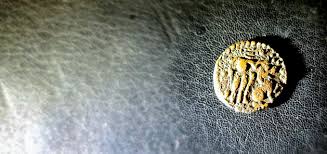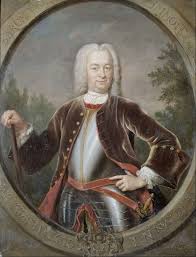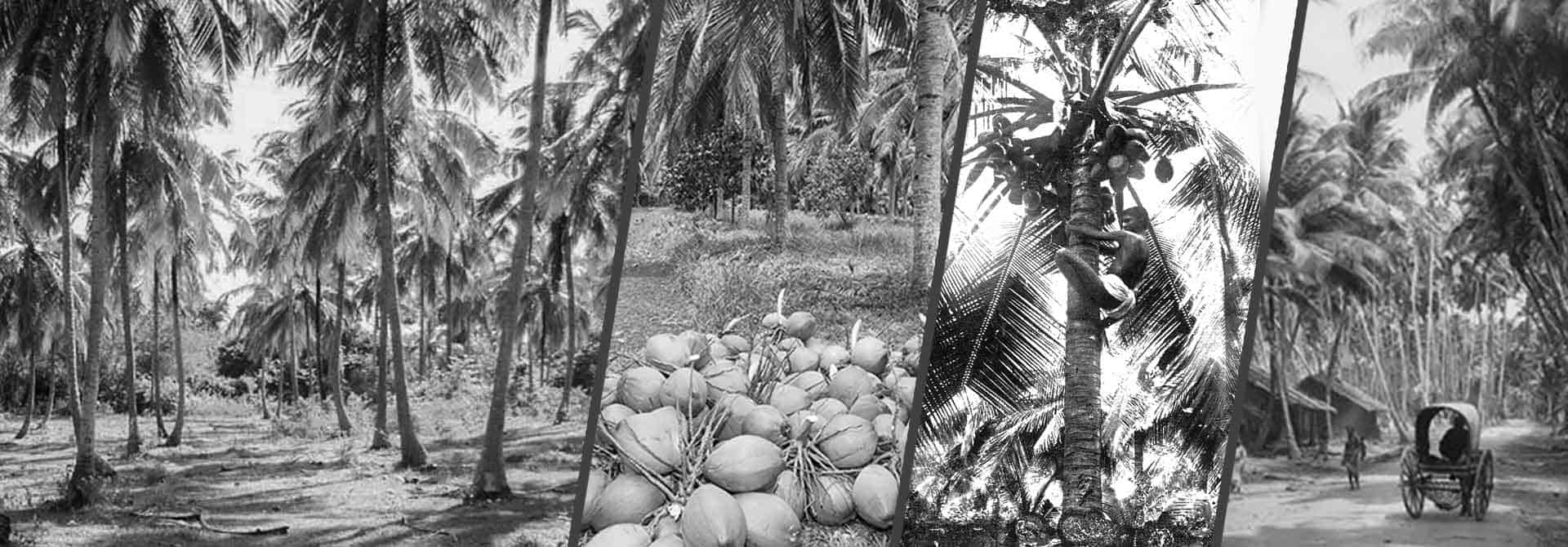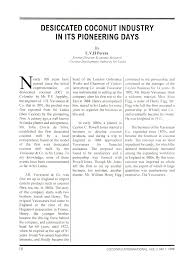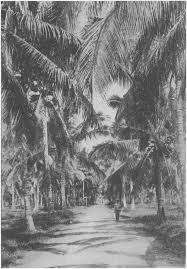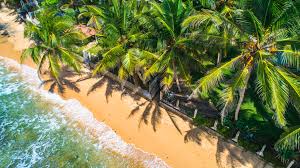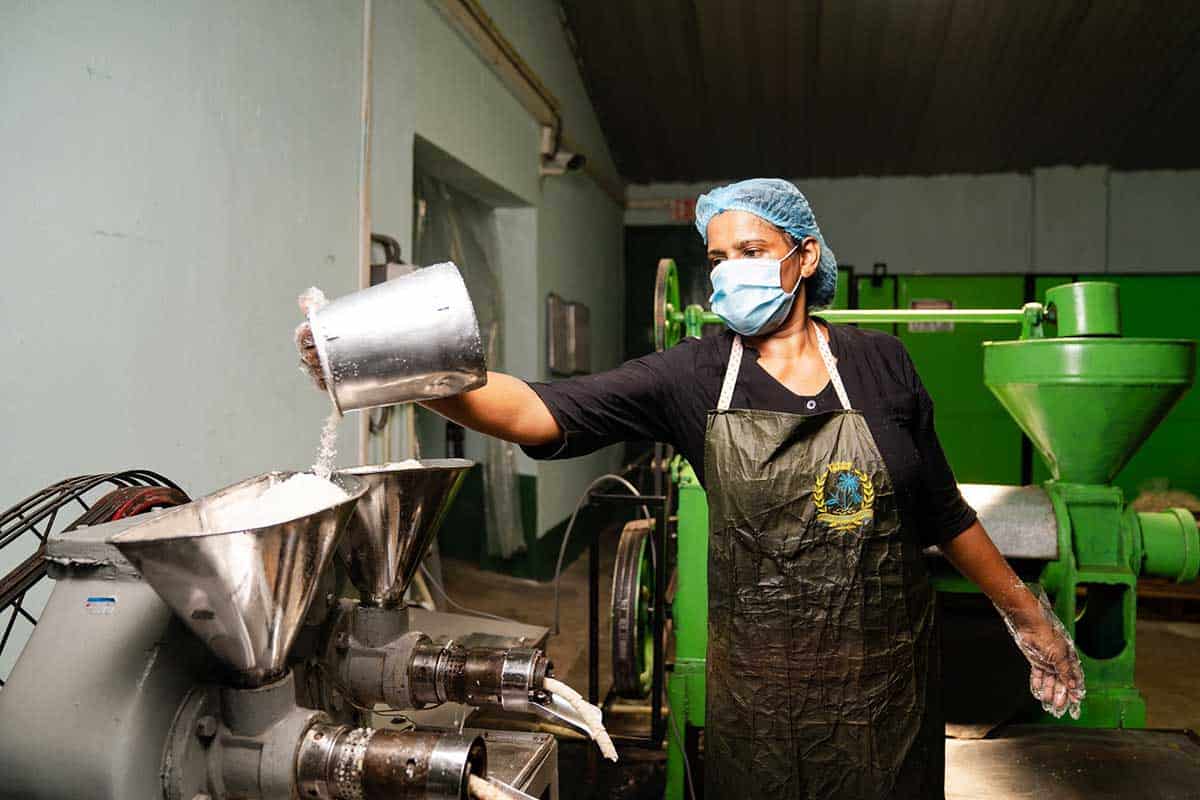(Year 1850 - 1925) The export origin
The start of the manufacturing and Sri Lankan coconut export industry
The consumption of coconut palm products in Sri Lanka was largely by locals up until the late 1800s. Although the British colonialists enjoyed toddy (a pre-distilled version of arrack), they were not famous early on in the colonial period for using coconuts for edible uses. However, from the latter half of the 1800s, they began exporting coconut products such as desiccated coconut, coconut oil, and coconut fiber. The pioneers of the desiccated coconut export trade are Henry Vasseur, the entrepreneur, and P.V. Appleby, the engineer. Desiccated coconut was first exported from Sri Lanka in 1891 and the total exported amount for that year was 189 metric tons. By 1911, that number reached 14,493 metric tons. Desiccated coconut’s demand especially from the candy industries in the United Kingdom, United States, and Western Europe began to boom in the early 1900s. The first Sri Lankan to start desiccated coconut production was John Clovis de Silva, a planter and chief partner of J.C. de Silva & Co.






